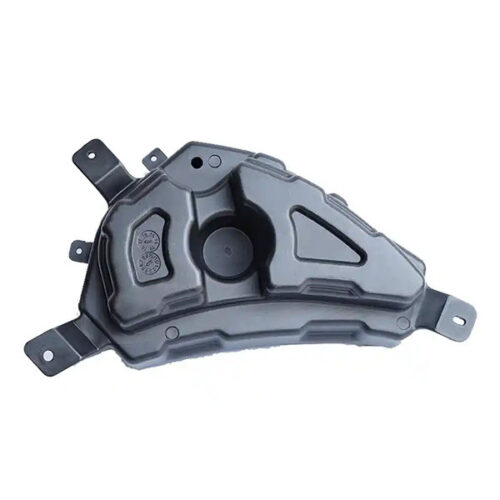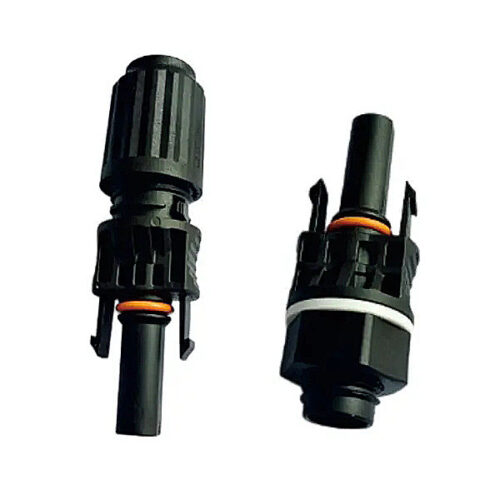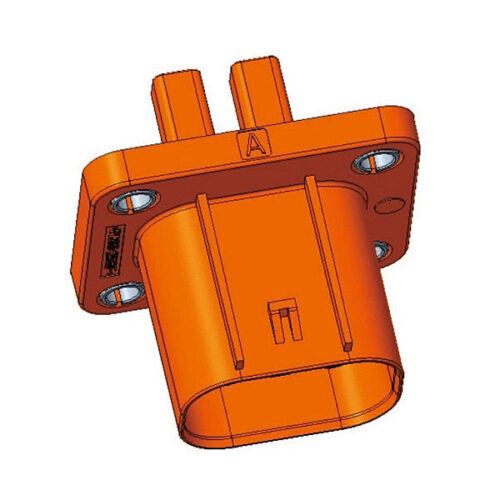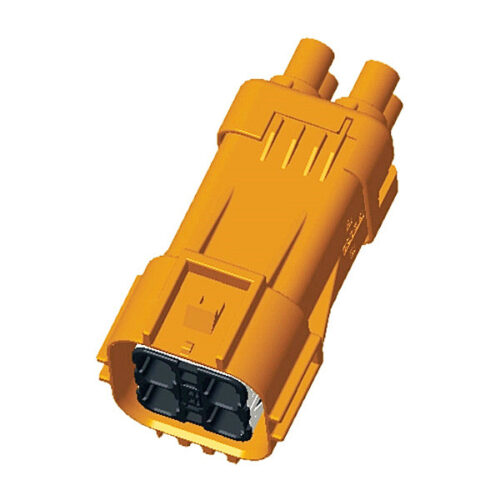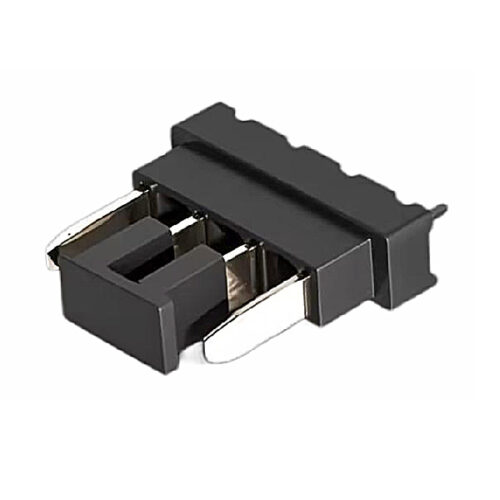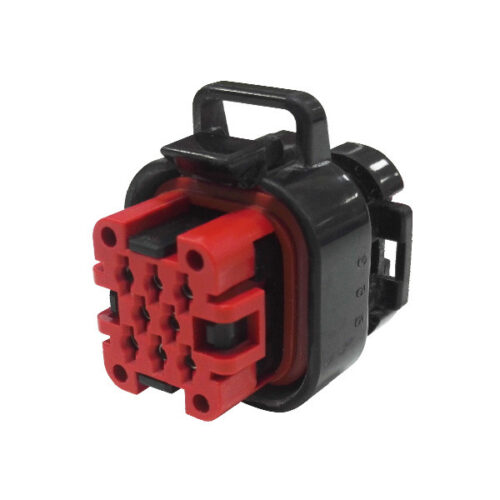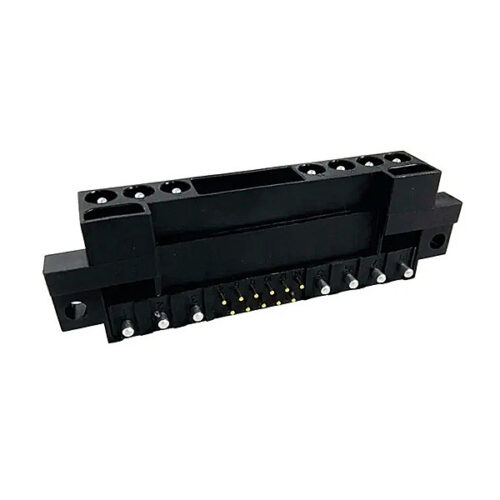Blogs & News
We are focus on automotive wiring harness & connectors technology.
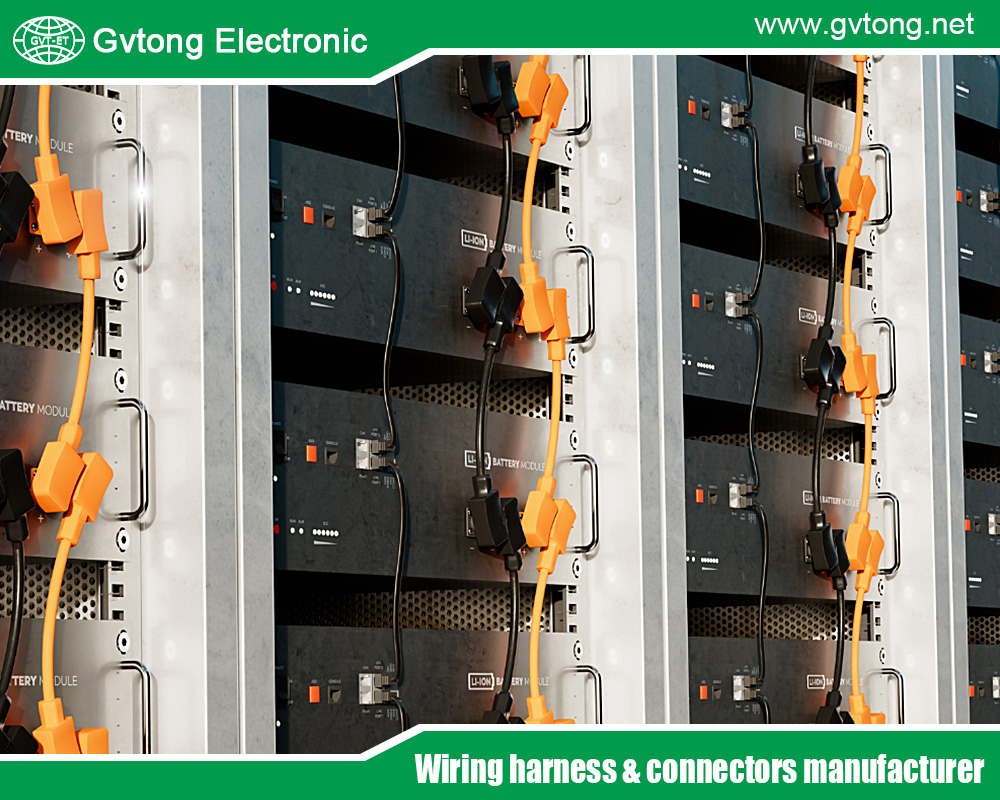
Application of Electrical Connectors in Powered Autonomous Vehicles
- Gvtong Electronic
- 2p 32p Automotive Connector Terminal Crimping, 4-wire electrical connectors, Anti-vibration automotive connectors, Automated assembly connectors Cost-effective automotive connectors, Automated assembly connectors Cost-effective automotive connectorsMulti-variation connectors, automotive connector, Automotive Connector and Cable Products, automotive connector companies, automotive connector manufacturer, Automotive Connector Manufacturers in 2025, automotive connector manufacturers in china, Automotive Connector manufacturers InThailand, Automotive Connector Supplier, Automotive Connector Terminals, Automotive electrical connectors, automotive electrical connectors factory, automotive electrical connectors kit, Automotive Electrical Connectors Manufacturer In Thailand, automotive electrical connectors supplier, Automotive electrical connectors types, automotive electrical connectors waterproof, automotive waterproof electrical connectors, best china industrial electrical connectors manufacturers, China Automotive Electrical Connectors Manufacturers, china electrical connectors manufacturers, china industrial electrical connectors, China Industrial Electrical Connectors Manufacturers, domestic electrical connectors, electrical connectors, electrical connectors and circuits, electrical connectors and circuits factory, electrical connectors and circuits manufacturer
- No Comments
Application of Electrical Connectors in Powered Autonomous Vehicles
Autonomous vehicles (AVs) represent the pinnacle of modern automotive innovation, integrating advanced sensors, computing systems, and electric powertrains to achieve self-driving capabilities. At the heart of these sophisticated systems are electrical connectors—compact yet critical components that enable reliable power and data transmission. In powered autonomous vehicles, whether fully electric (EVs) or hybrid, connectors must withstand harsh environmental conditions, high-voltage demands, and the need for uninterrupted data flow for real-time decision-making. This article explores the pivotal role of electrical connectors in AVs, examining their applications in sensor systems, power distribution, communication networks, and safety systems. By delving into connector types, design requirements, industry standards, and emerging trends, we highlight how these components drive the performance, safety, and scalability of autonomous vehicles. As the AV industry grows, understanding the application of electrical connectors is essential for engineers, manufacturers, and stakeholders aiming to shape the future of transportation.
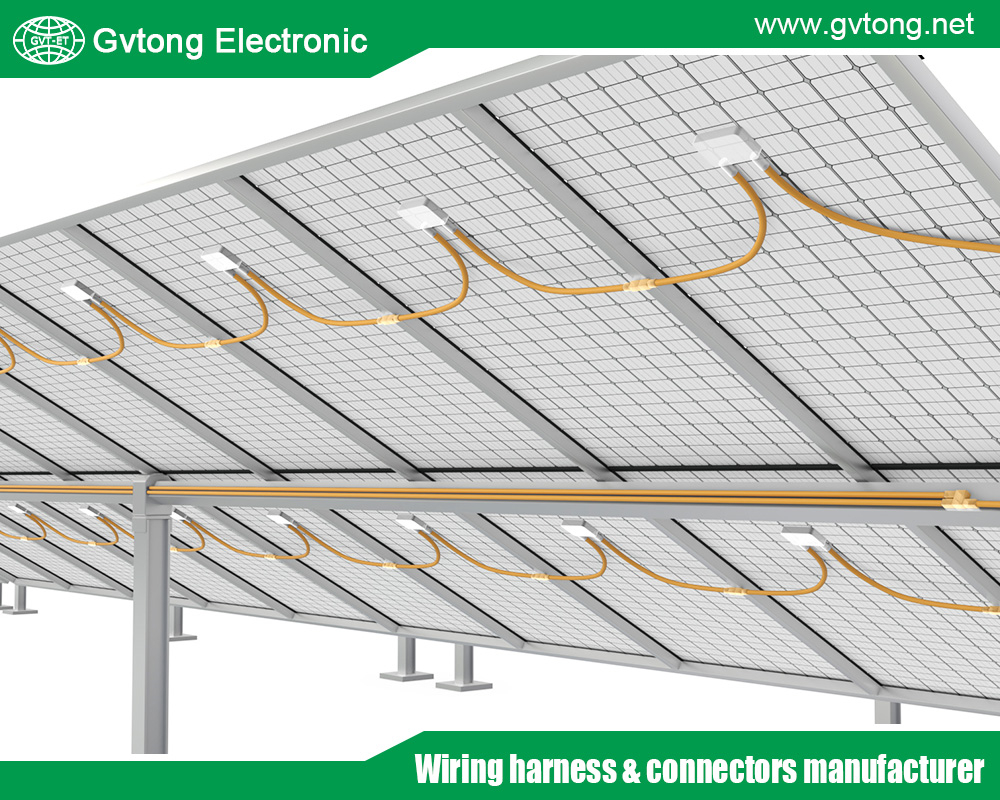
Outline of the Article
- Introduction
- Overview of autonomous vehicles and their reliance on electrical connectors.
- Importance of connectors in ensuring reliability and performance.
- Purpose: To explore the applications and requirements of connectors in AVs.
- The Role of Electrical Connectors in Autonomous Vehicles (300 words)
- Overview of AV architecture: Sensors, computing, powertrains, and communication systems.
- Connectors as the backbone for power and data transmission.
- Challenges: High reliability, durability, and real-time performance under harsh conditions.
- Key Applications of Electrical Connectors in AVs (600 words)
- Sensor Systems: Connecting LiDAR, radar, cameras, and ultrasonic sensors for environmental perception.
- Power Distribution: High-voltage connectors for EV battery packs and powertrains.
- Vehicle-to-Everything (V2X) Communication: Connectors for high-speed data transfer in 5G and Ethernet networks.
- Safety Systems: Connectors for redundant systems in ADAS and braking.
- Infotainment and Cabin Systems: Supporting user interfaces and passenger connectivity.
- Types of Connectors Used in AVs (400 words)
- High-voltage connectors (e.g., for battery systems).
- High-speed data connectors (e.g., USB-C, Ethernet, coaxial).
- Miniaturized connectors for compact sensor modules.
- Ruggedized connectors for vibration and environmental resistance.
- Comparison of connector types for specific AV applications.
- Design and Performance Requirements (400 words)
- Environmental Protection: IP67/IP68 ratings for water, dust, and temperature resistance.
- High-Voltage Capability: Insulation and safety for 400V–800V systems.
- Data Integrity: Low-latency, high-bandwidth connectors for real-time processing.
- Durability: Vibration, shock, and thermal cycling resistance.
- Miniaturization and Weight Reduction: Optimizing space and efficiency in AVs.
- Industry Standards and Testing (300 words)
- Compliance with automotive standards (e.g., ISO 26262 for functional safety, SAE J1128).
- Environmental and electrical standards (e.g., RoHS, UL, IEC).
- Testing for reliability: Thermal cycling, vibration, and ingress protection.
- Challenges and Innovations in Connector Technology (300 words)
- Challenges: Managing heat dissipation, ensuring electromagnetic compatibility (EMC), and scalability.
- Innovations: Smart connectors with diagnostic capabilities, wireless charging connectors, and advanced materials.
- Role of Chinese manufacturers in driving connector innovation.
- Future Trends in AV Connector Applications (200 words)
- Integration with wireless technologies and over-the-air updates.
- Connectors for next-gen batteries and solid-state energy systems.
- Standardization for interoperability across AV platforms.
- Conclusion (200 words)
- Recap of connectors’ critical role in AV performance and safety.
- Importance of selecting application-specific connectors.
- Outlook for connectors in the evolving AV industry.
Application of Electrical Connectors in Powered Autonomous Vehicles
Autonomous vehicles (AVs) are revolutionizing transportation, blending electric powertrains, advanced sensors, and artificial intelligence to enable self-driving capabilities. At the core of these complex systems are electrical connectors, which ensure reliable power delivery and high-speed data transmission. From connecting LiDAR sensors to powering high-voltage battery packs, connectors are indispensable for AV performance, safety, and scalability. In powered AVs—whether fully electric or hybrid—connectors face unique challenges, including extreme environmental conditions, high-voltage demands, and the need for real-time data integrity. This article explores the critical applications of electrical connectors in AVs, highlighting their role in sensor systems, power distribution, communication networks, and safety mechanisms. By examining connector types, design requirements, and emerging trends, we provide insights for engineers and manufacturers navigating the future of autonomous mobility.
The Role of Electrical Connectors in Autonomous Vehicles
AVs rely on a complex ecosystem of sensors, processors, and power systems to perceive their environment, make decisions, and operate safely. Electrical connectors serve as the critical link, enabling power and data to flow seamlessly between components. For example, connectors ensure that LiDAR sensors deliver real-time data to onboard computers, while high-voltage connectors power electric motors. These components must operate reliably under harsh conditions—vibrations from rough roads, temperatures from -40°C to 125°C, and exposure to moisture or dust. Failure in a single connector can lead to system malfunctions, compromising safety. Thus, connectors in AVs are engineered for durability, precision, and performance.
Key Applications of Electrical Connectors in AVs
- Sensor Systems: AVs depend on LiDAR, radar, cameras, and ultrasonic sensors for 360-degree environmental perception. High-speed connectors, such as coaxial or Ethernet-based, ensure low-latency data transfer from sensors to processors. For instance, a LiDAR unit may require connectors supporting 10 Gbps data rates to handle massive point-cloud data.
- Power Distribution: In electric AVs, high-voltage connectors (e.g., TE Connectivity’s HV series) link battery packs to inverters and motors, handling 400V–800V systems. These connectors prioritize insulation and safety to prevent arcing.
- V2X Communication: Vehicle-to-everything (V2X) systems use connectors for 5G, Wi-Fi, and Ethernet networks, enabling communication with infrastructure, other vehicles, and the cloud.
- Safety Systems: Connectors in advanced driver-assistance systems (ADAS) and braking systems ensure redundancy and reliability, critical for Level 4/5 autonomy.
- Infotainment and Cabin Systems: Connectors support high-resolution displays, passenger Wi-Fi, and over-the-air (OTA) updates, enhancing user experience.
Types of Connectors Used in AVs
- High-Voltage Connectors: Designed for EV powertrains, these connectors (e.g., Amphenol’s RADSOK) handle high currents with robust insulation.
- High-Speed Data Connectors: USB-C, Ethernet, and coaxial connectors support sensor and V2X data transfer, offering bandwidths up to 25 Gbps.
- Miniaturized Connectors: Compact connectors (e.g., Molex Mini-Fit) save space in sensor modules and control units.
- Ruggedized Connectors: Built for harsh environments, these connectors (e.g., Deutsch DT series) resist vibration, moisture, and temperature extremes.
Each type is tailored to specific AV applications, balancing performance and environmental resilience.
Design and Performance RequirementsConnectors in AVs must meet stringent requirements:
- Environmental Protection: IP67/IP68 ratings ensure resistance to water, dust, and chemicals, critical for external sensors.
- High-Voltage Capability: Connectors for EV powertrains require robust insulation to handle 800V systems safely.
- Data Integrity: Low-latency, high-bandwidth connectors ensure real-time processing for sensor fusion and decision-making.
- Durability: Connectors withstand vibrations (up to 20G) and thermal cycling (-40°C to 125°C).
- Miniaturization: Compact designs reduce vehicle weight, improving efficiency in space-constrained AVs.
Industry Standards and Testing
Connectors must comply with standards like ISO 26262 for functional safety and SAE J1128 for electrical systems. Environmental compliance (RoHS, REACH) ensures sustainability, while UL and IEC certifications validate performance. Testing includes thermal cycling, vibration resistance, and ingress protection to ensure reliability in real-world conditions.
Challenges and Innovations
Challenges include managing heat dissipation in high-voltage systems, ensuring electromagnetic compatibility (EMC) to prevent interference, and scaling production for mass-market AVs. Innovations like smart electrical connectors with diagnostic sensors, lightweight composite materials, and wireless charging connectors are addressing these issues. Chinese manufacturers, such as Luxshare Precision, are leading in cost-effective, high-quality connector solutions for AVs.
Future Trends
The future of AV connectors includes integration with wireless charging systems, support for solid-state batteries, and standardized designs for interoperability. As AVs adopt OTA updates and 6G networks, connectors will evolve to handle higher data rates and enhanced cybersecurity.
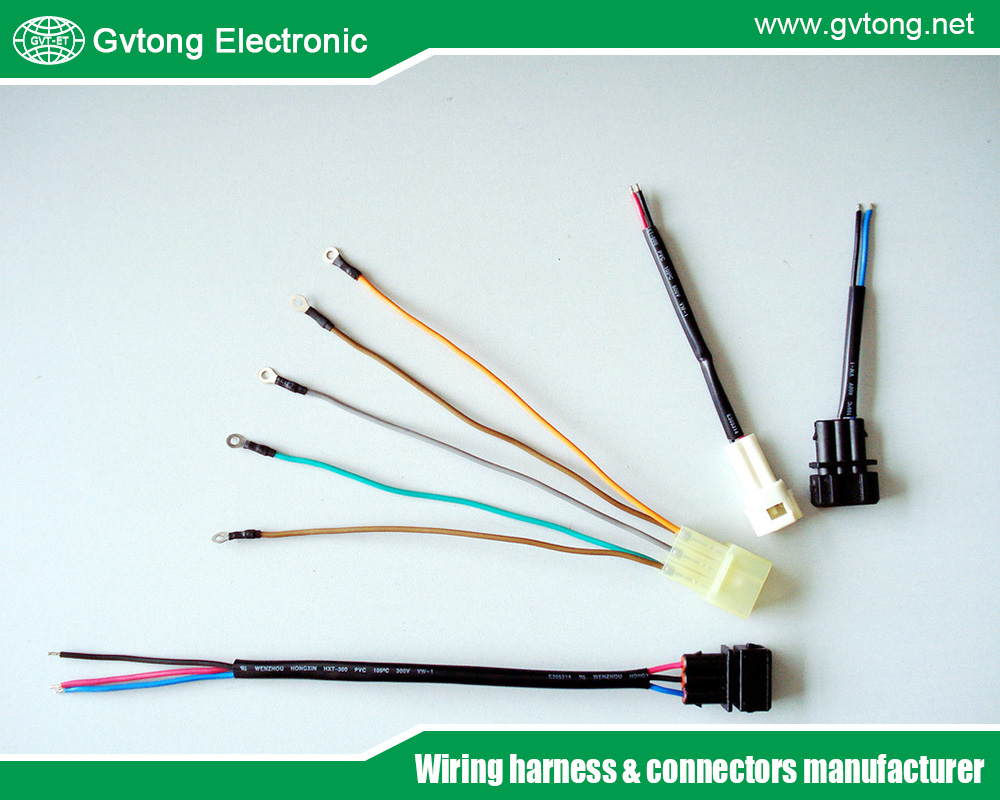
Conclusion
Electrical connectors are the unsung heroes of powered autonomous vehicles, enabling the seamless operation of sensors, powertrains, and communication systems. By meeting rigorous design requirements—durability, high-voltage capability, and data integrity—connectors ensure the safety and performance of AVs. As the industry advances, innovations in connector technology will drive the next generation of autonomous mobility. Engineers and manufacturers must prioritize application-specific connectors to unlock the full potential of self-driving vehicles.
For more about the application of electrical connectors in powered autonomous vehicles, you can pay a visit to Gvtong at https://www.gvtong.net/ for more info.

